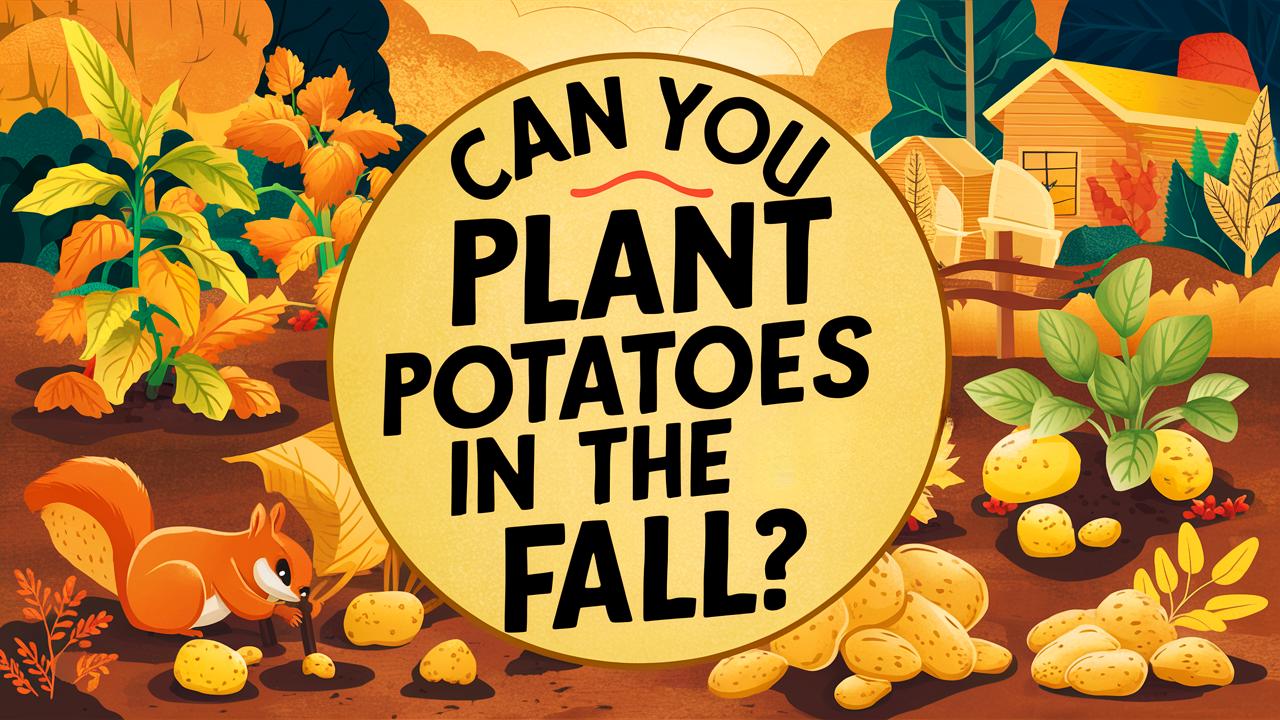When most gardeners think of planting potatoes, they are often drawn to the traditional timeline of early spring. However, the question often arises: Can you plant potatoes in the fall? The answer may not be as straightforward as it seems
. In this comprehensive guide, we will explore the ins and outs of fall potato planting, including techniques, challenges, and the unique characteristics of fall-grown potatoes. This exploration will help you make informed decisions about your gardening practices and the best ways to enjoy this beloved tuber.
Understanding Potato Growth Cycles
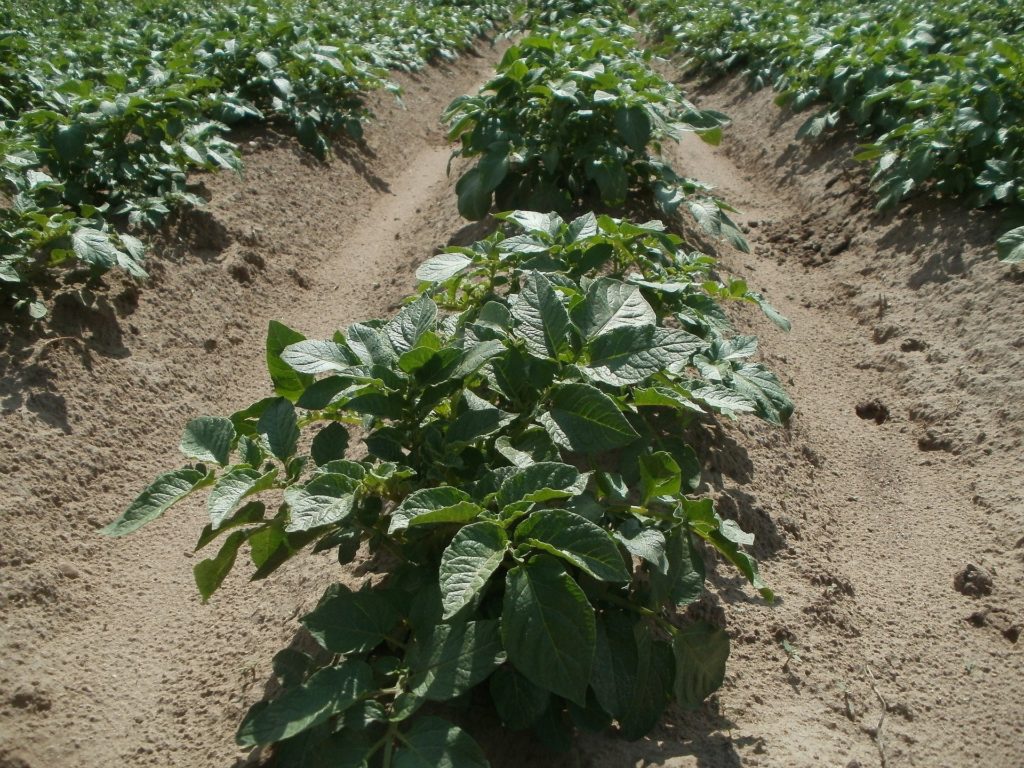
Before diving into fall planting, it’s essential to understand the growth cycle of potatoes. Potatoes thrive in cool weather, and their growth is closely tied to soil temperature. They require a consistent temperature between 60°F and 70°F (15°C to 21°C) for optimal growth. In spring, most gardeners plant seed potatoes as the soil begins to warm, allowing the plants to emerge and grow throughout the moderate temperatures of late spring and early summer.
Potatoes grow best in a relatively short window due to their sensitivity to extremes. They can be affected by frost, heat, and water stress, all of which impact yield and quality. In general, potatoes take about 70 to 130 days from planting to harvest, depending on the variety. This understanding of growth cycles lays the groundwork for evaluating fall planting.
Considerations for Fall Planting
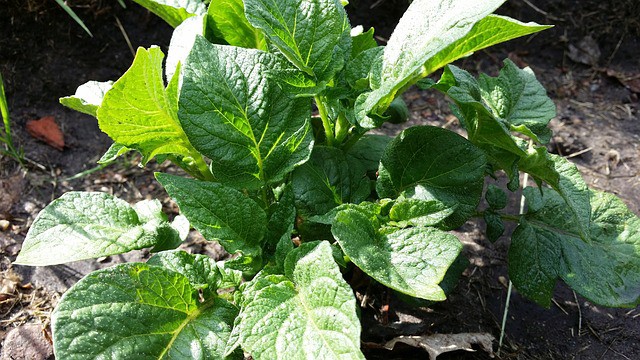
Climate and Regions
The feasibility of planting potatoes in the fall primarily hinges on your local climate. In areas with mild winters, such as the southern United States or parts of USDA hardiness zones 8-10, fall planting can be successful. Here, the risk of frost is minimal, allowing potatoes sufficient time to establish themselves before winter sets in.
Conversely, in the northern regions or areas prone to early frost, fall planting may lead to disappointment. If frost arrives before plants mature, it can kill the foliage and prevent tubers from properly developing. Understanding your local climate and frost dates is critical when considering fall planting.
Soil Preparation
Preparing your soil for fall planting comes with unique challenges and considerations. Soil must be well-draining and rich in organic matter to ensure the best growing conditions for your potatoes. Adding compost or aged manure to the soil can enrich it, providing essential nutrients that potatoes crave.
In the fall, soil temperatures may already begin to cool down, which can affect germination rates. Make sure to test the soil temperature ahead of planting, as soil temperatures below 50°F (10°C) can hinder growth.
Choosing the Right Varieties
Not all potato varieties are suited for fall planting. Some are more resilient to cooler temperatures and can endure the less ideal conditions. Varieties such as ‘Yukon Gold,’ ‘Red Pontiac,’ and ‘Kennebec’ are better adapted for fall cultivation. It’s essential to do your research and choose varieties that have quicker maturation times or can withstand colder conditions.
Additionally, experimenting with new heirloom or fingerling varieties can be a rewarding endeavor. These unique types often have different growth habits and flavors and can add variety to your fall harvest.
Planting Techniques for Fall Potatoes
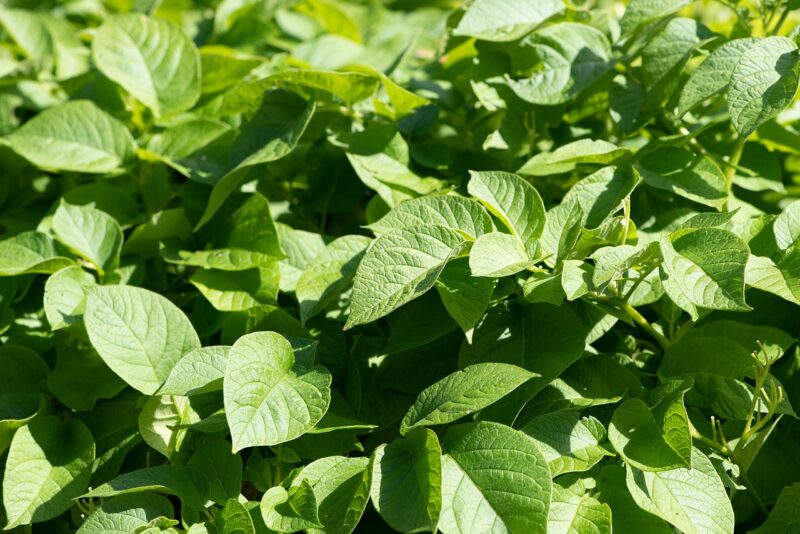
If you’ve decided that fall planting is suitable for your climate and soil conditions, it’s time to consider the best practices for planting your potatoes. Here are some top techniques to ensure a successful fall harvest:
Hilling Method
The hilling method is an essential technique for planting potatoes, regardless of the season. When planting in the fall, consider hilling the potatoes higher than you would in spring. This added height makes it easier for the developing tubers to be insulated by the soil, protecting them from colder temperatures.
Hilling also promotes better drainage and aeration while encouraging more tuber growth along the buried stems. Create mounds of soil about 6 to 8 inches high when planting, and be sure to regularly hill up soil as the plants grow.
Timing Your Planting
Timing is everything when it comes to fall planting. The goal is to plant your potatoes early enough to allow them to establish roots before the colder months. In most regions, the ideal time to plant is late August to early September. Monitor your local frost dates closely, and ensure to plant about 90-100 days before the expected frost to give your potatoes ample time to mature.
Mulching for Protection
To further enhance the success of fall-planted potatoes, applying mulch can be incredibly beneficial. A thick layer of straw, leaves, or grass clippings can provide insulation to the soil, helping to regulate temperature. Mulch also retains moisture, suppresses weeds, and adds organic material to the soil as it breaks down.
Be generous with mulch, especially as temperatures dip. This added layer protects young plants while also providing the necessary nutrients as it decomposes.
Potential Challenges of Fall Planting
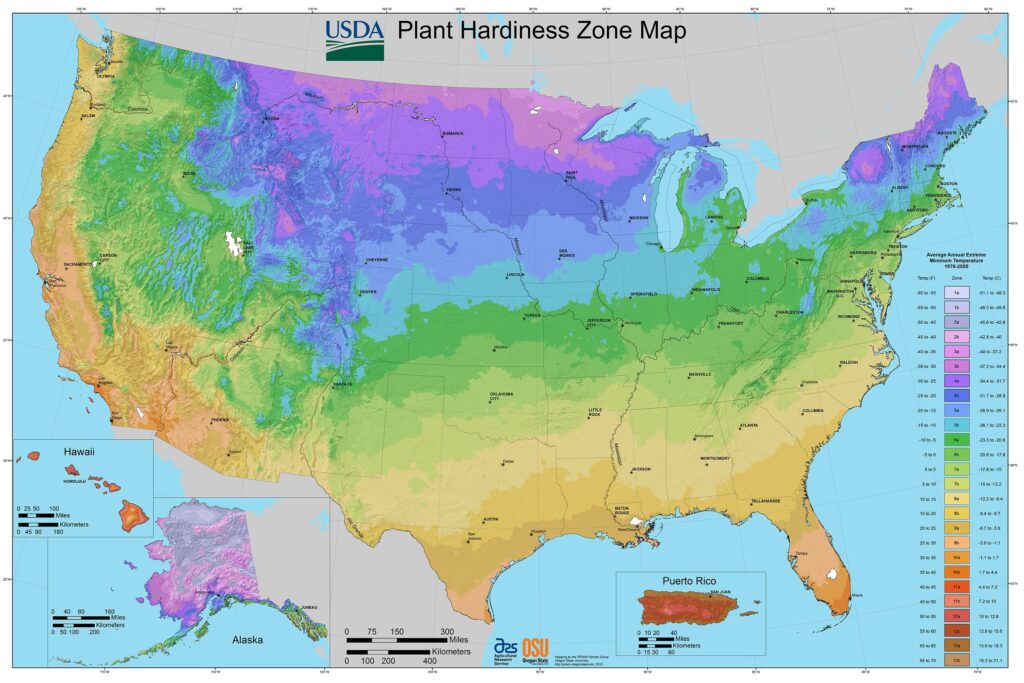
While fall planting can lead to unique and rewarding results, it’s not without its challenges. Understanding these potential pitfalls helps equip you for a successful gardening experience.
Frost Risks
As mentioned earlier, one of the most significant challenges with fall potato planting is the risk of frost. Early frosts can snap the foliage, halting growth and preventing tubers from developing properly. Keep an eye on temperatures and consider using row covers or frost cloths to protect young plants.
Frost cloths are particularly useful because they allow light and water to penetrate while providing insulation against cold temperatures. When frost is forecasted, draping cloths over your plants can save them from damage.
Pests and Diseases
The fall season can bring a different set of pests and diseases, some of which may not have been as prevalent in the spring. Aphids, Colorado potato beetles, and late blight are a few examples of challenges to be vigilant against.
Before planting, inspect seed potatoes for any signs of disease. Choosing disease-resistant varieties can also make a significant difference in your success. Additionally, practicing crop rotation can minimize the risk of soil-borne diseases that affect potatoes.
Shorter Day Length
As the days shorten in the fall, sunlight becomes more limited. Potatoes require adequate sunlight to photosynthesize, which is essential for tuber development. If you live in areas with limited sunlight during the fall months, consider using reflective mulches to enhance light exposure or choose varieties that mature quicker.
Harvesting Fall-Planted Potatoes
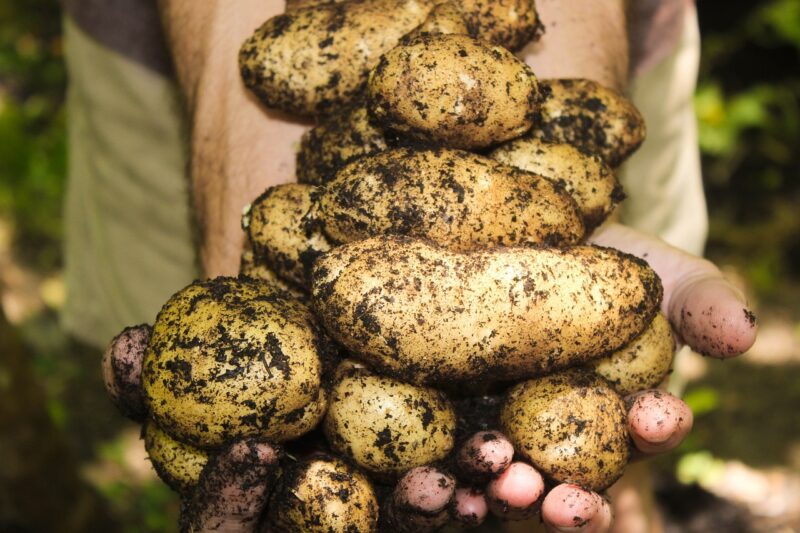
After successfully planting and nurturing your fall potatoes, the moment of harvest will arrive. Harvesting requires attention and care, ensuring you don’t damage the precious tubers beneath the soil.
Signs of Maturity
Determining when to harvest potatoes can be tricky. For fall-planted potatoes, timing is critical. Look for the following signs that your potatoes are ready:
Yellowing Foliage: As the potato plants mature, their leaves will begin to yellow and die back. This is a clear indicator that the tubers are reaching maturity.
Tuber Size: Gently dig around the base of the plant to check the size of the tubers. When they reach the desired size – typically around the size of a baseball – they are ready for harvest.
Skin Thickness: The skin of the tuber should be firm and well-formed, with no signs of peeling.
Harvesting Techniques
When harvesting, use a fork or shovel to gently lift the potatoes from the soil. Start a few inches away from the stem to avoid damaging the tubers. Once unearthed, remove any excess soil and allow them to dry in a shaded area to cure for a few hours.
Curing potatoes post-harvest allows them to develop a protective skin, prolonging their shelf life. Store harvested potatoes in a cool, dark, and well-ventilated space to keep them fresh for longer.
Enjoying Your Fall Potato Harvest
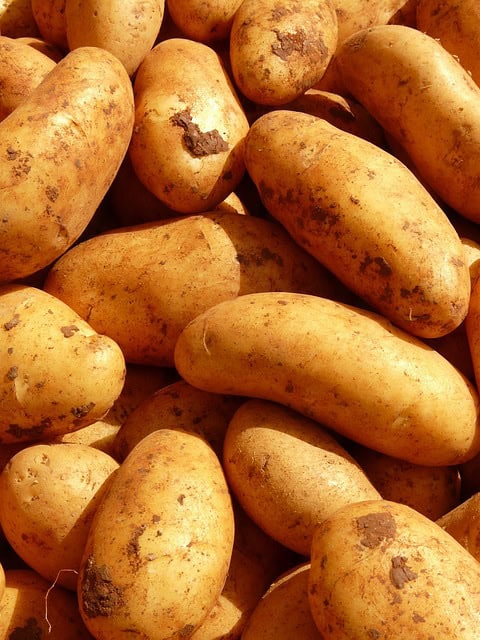
There’s nothing quite like the satisfaction of reaping the rewards of your hard work in the garden. Fall-harvested potatoes can be used in an array of culinary delights, adding a unique flair to your meals. From hearty soups to roasted specialties, potatoes are incredibly versatile.
Consider experimenting with different recipes, utilizing your fall crop for seasonal delights like potato gratin or creamy potato casseroles. Their natural flavors can shine with simple preparations, allowing you the pleasure of sharing your beautifully cultivated harvest with family and friends.
Conclusion
So, can you plant potatoes in the fall? The answer is a resounding yes, but with careful planning and consideration of the challenges involved. By understanding climate conditions, soil preparation, and the right techniques, you can successfully cultivate fall potatoes that may surprise you with their flavor and resilience.


